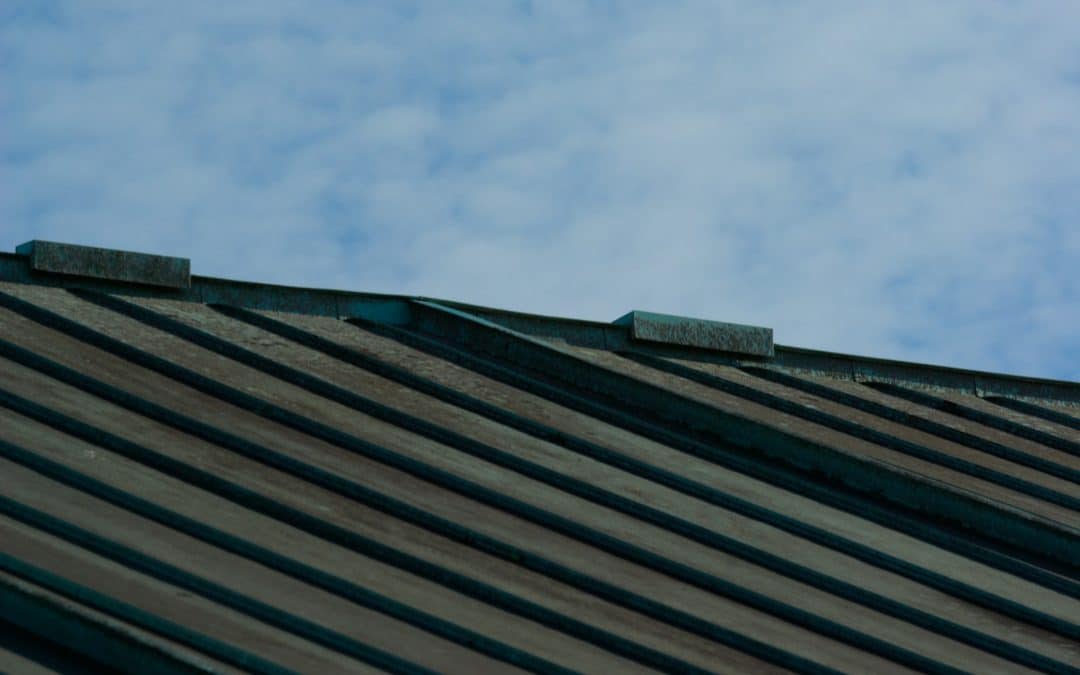Metal roofs often bring up a variety of opinions and assumptions, even before considering their practicality and durability. Whether it’s a residential home or a commercial building, understanding the true nature of metal roofs can change how people view this roofing option. Many view metal roofs as modern and sleek, but also associate them with a few myths that may not always hold true.
Exploring metal roofing uncovers both conventional wisdom and the exciting realities hidden under these sturdy panels. Common myths about noise, potential rust, and energy efficiency of metal roofs are just a few topics we will explore. By separating fact from fiction, it becomes easier to appreciate the true benefits of these roofs and make informed choices about their use. Understanding the myths and facts can help businesses ensure their decisions are based on reliable information.
Common Myths About Metal Roofs
While some myths about metal roofs might hold people back from considering them, shedding light on these misconceptions can make a world of difference.
1. Noisiness: A common belief is that metal roofs create unbearable noise during rainstorms. The idea stems from experiences with older metal roofs without proper insulation. However, modern metal roofing often includes layers that dampen sound, making them no louder than other types of roofs.
2. Rust Concerns: Another worry people have is that metal roofs are prone to rust. In reality, metal roofing materials today are typically coated with protective layers, like galvalume or zinc, which help prevent rust even in harsh weather conditions. This coating acts as a shield, maintaining the look and integrity of the roof.
3. Energy Efficiency Doubts: There’s also a notion that metal roofs can’t possibly be energy-efficient. On the contrary, metal roofs often reflect solar radiant heat, which can reduce cooling costs during hot months. Many modern metal roofs are designed with reflective coatings that enhance this effect, helping maintain a building’s temperature.
Understanding these myths improves comprehension and allows decision-makers to evaluate metal roofs without misconceptions clouding their judgment. Businesses looking for sustainable roofing options can rely on facts, backed by material improvements and modern design techniques that cater to both aesthetic and functional needs.
Facts About Metal Roofs
While myths might cloud perception, the facts about metal roofs shine a light on their true value. First, these roofs are built to last. Their durability and long life are among the top reasons they are chosen for commercial use. Unlike other materials, metal can withstand harsh weather, reducing the need for constant repairs or early replacement. Owners appreciate this resilience, especially when faced with storms or heavy snowfall.
Another fact is their remarkable ability to shield a building from weather extremes. Metal roofs not only stand strong against high winds but also repel rain and snow efficiently. They provide a smooth surface that helps water and snow slide right off, reducing the risk of leaks. This feature makes them a reliable choice in regions prone to challenging weather.
Moreover, metal roofs can be eco-friendly, reflecting sunlight in summer and aiding energy efficiency. Many systems come pre-installed with a reflective coating, which helps to keep interiors cooler. This effect eases the load on air conditioning systems, especially during long, hot summers.
Benefits of Metal Roofs for Commercial Buildings
Beyond the facts, metal roofs offer specific benefits for commercial buildings. One major advantage is the low maintenance they require. Regular inspections and occasional cleaning suffice, unlike other materials that may need frequent attention. This low upkeep translates into significant savings over time, an attractive prospect for business owners looking for cost-effective solutions.
Metal roofs also boast fire-resistant properties, an essential safety feature for any commercial establishment. By choosing metal, business owners can reduce the risk of fire-related incidents, protecting both property and occupant safety.
Additionally, these roofs bring a long-term financial benefit. Although the initial investment may be higher than other materials, the durability and energy savings they offer often make up for it. Over years of reduced energy bills and minimal maintenance costs, businesses can enjoy a return on investment that justifies the upfront expense.
Considerations for Installing Metal Roofs
Before deciding on a metal roof, there are important considerations to keep in mind. It’s worth noting that the initial cost can be higher compared to other options. However, when viewed as a long-term investment, the benefits often outweigh the initial price.
Proper insulation and ventilation must also be planned during installation. These elements ensure the roof performs efficiently and the interior remains comfortable in all seasons. Choosing the right type of metal for specific climate conditions can make a significant difference in performance and longevity.
Ultimately, metal roofs prove to be a sensible choice for those seeking durability, safety, and energy efficiency. Their blend of practicality and long-term savings make them an appealing option for commercial buildings looking for modern solutions to traditional roofing challenges.
Ready to explore the benefits of metal roofing for your business? Discover how commercial roofing solutions from Mike Huddleston Roofing Systems can enhance your building’s durability and energy efficiency. Contact us today to learn more about our tailored services.

